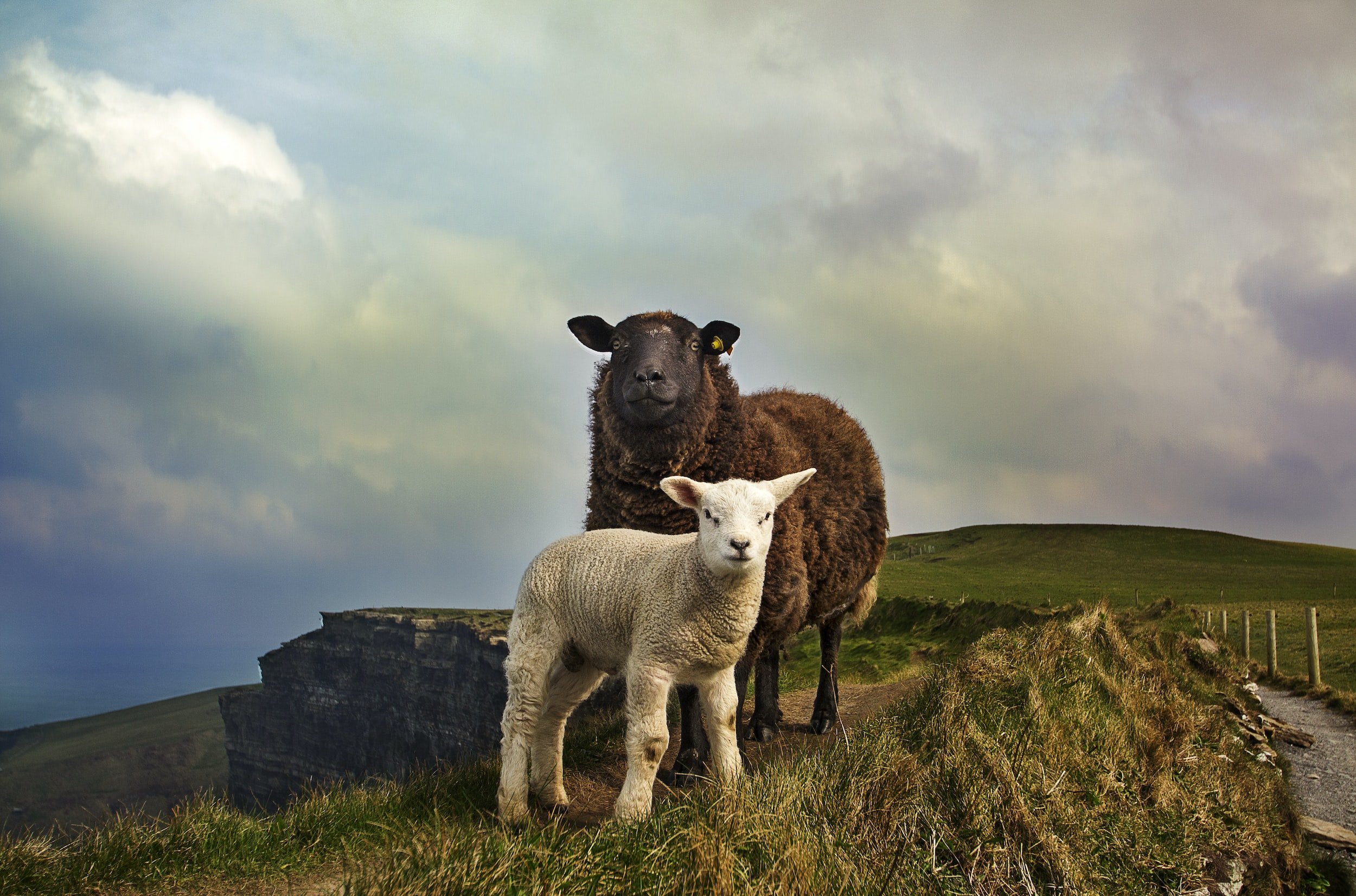
Biodiversity Loss






also called biological diversity, is the variety of life found in a place on Earth or, often, the total variety of life on Earth. The word “biodiversity” comes from the Greek word “Bios” meaning life and the Latin word “Diversitas” meaning variety or difference.
Measuring biodiversity is a challenging task due to its vast variety, from microorganisms to large mammals. There are several methods to measure biodiversity, and one of the easiest ways is to assess the number of species in an area. Scientists call this measurement species richness. If you join a local biodiversity group, you can participate in citizen science projects and contribute as well to assess the biodiversity in your area (e.g. Friends of Merlin Woods). Biodiversity can be measured by examining counts of species and comparing it in various places
Biodiversity is quite complex and includes the genetic variety within each species, as well as a range of ecosystems and habitats that species create and where species live, respectively.
Research has found that ecosystems with greater biodiversity are more resistant to disturbances such as climate change, landslides, temperature changes, and even wildfires. Because species, biodiversity and ecosystems are one of the three pillars of sustainable development, it is crucial to improve our relationship with nature, in order to find a balance and restore and preserve its resources.
Biodiversity
Biodiversity loss
refers to the overall decline in a species’ population over time.
On average, there has been a large decline across tens of thousands of wildlife populations since 1970
Biodiversity loss results from the study and monitoring of animal populations. The concept of biodiversity loss can be translation into a single number by the Living Planet Index, which summarises the average change in population size of tens of thousands of studied animal populations.
It is important to note that this data is not globally representative, meaning that some regions will have more data available, due to research efforts and commitments. For example, biodiversity data is very limited in the tropics.
The Living Planet Index reports the average decline in animal population sizes since 1970.
This does not tell us the:
Number of species lost;
Number of populations or individuals that have been lost;
Number or percentage of species or populations that are declining;
Number of species extinct.
Since 1970, the size of animal populations for which data is available have declined by 69%, on average (Cardinale et al., 2012). The decline depends on the species population in question, as some species are more vulnerable than others. Conservation efforts are also contributing to populations increasing in size in different areas of the world.
An assessment of the Red List of threatened species of the International Union for the Conservation of Nature (IUCN), identified that almost 1,000 species have been lost since the 1500s.
However there many species from diverse groups that have been evaluated on their extinction risk.
Biodiversity loss is intrinsically connected to habitat loss, and a recent study assessing the expansion of agricultural areas explores this relationship as seen in the image above.
If you are interested in getting to know more about this topic, or about climate change and ocean pollution, please write to us to book a training session
Additional resources
Websites
IUCN Red List of Threatened Species
National Parks & Wildlife Service
National Biodiversity Data Centre
